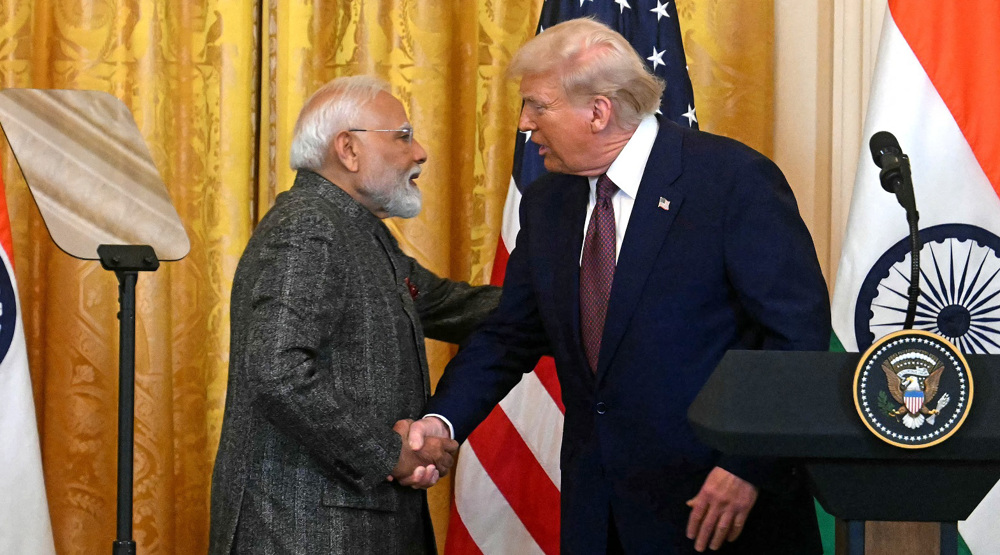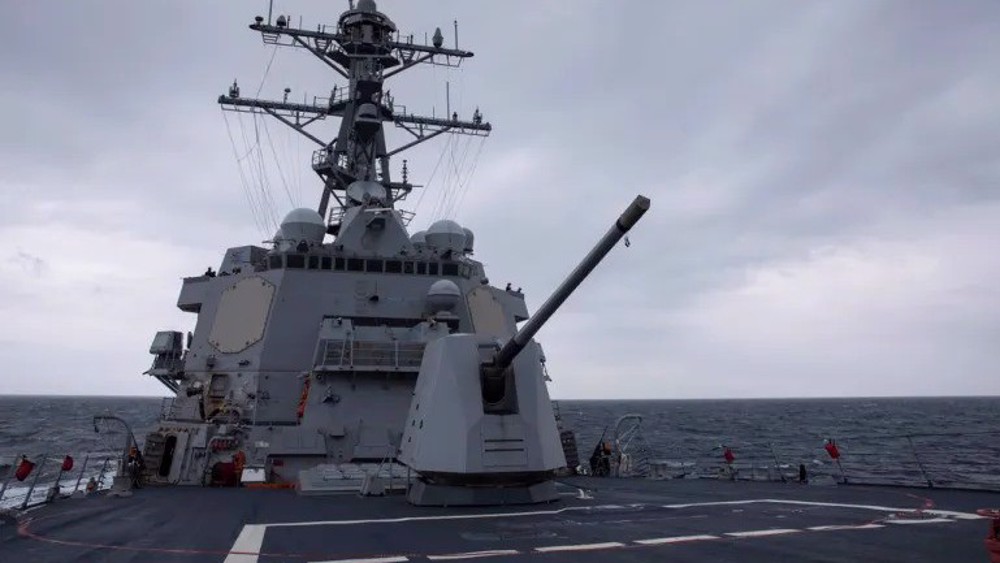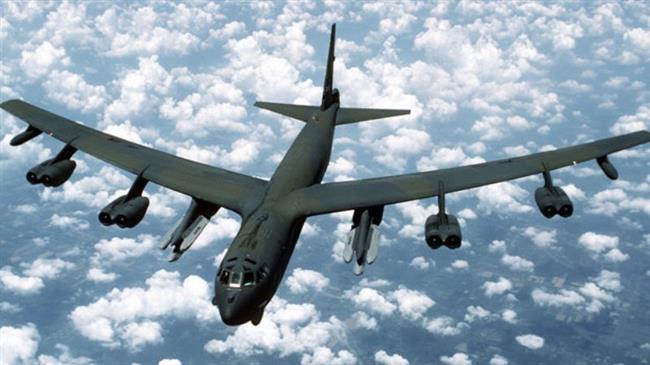China army showcases night landing, take-off ops on carrier
Chinese media say the country’s fighter jets have carried out night landing and take-off operations on the Liaoning, China's first aircraft carrier, marking a huge step toward Beijing’s push to boost military capabilities.
The official state-run China Daily reported on Saturday that Chinese pilots flying J-15 jets landed at night on the Liaoning, in what was described as a complex maneuver that marked a “huge leap toward gaining full combat capability.”
The China Central Television also confirmed the report by releasing a video footage that showed People's Liberation Army (PLA) fighter jets taking off and landing back onto the Liaoning’s deck.
According to military experts, the night landing is a huge challenge for pilots since it is difficult for them to distinguish signal lights at night and is a critical standard to assess the capability of pilots of carrier-borne fighter jets as well as the carriers themselves.
The 60,000-tonne Liaoning is capable of sailing at a top speed of 37 kilometers per hour and can carry 36 aircraft.
The Liaoning is China’s only operational aircraft carrier. A second China-made carrier was launched in April last year but is not expected to enter service until around 2020.

China aims to safeguard regional and international waterways, where the US Navy has long been dominant and regional rivals such as Japan and India are stepping up their presence.
The military is also to integrate stealth fighters into its air force and field an array of advanced missiles capable of attacking air and sea targets at long distances.
Last week, China's air force landed bombers on islands and reefs in the South China Sea as part of a training exercise in the region in what has been seen as another show of force by Beijing.
Beijing has, on different occasions, asserted its sovereignty over nearly all of the South China Sea, which serves as a crossing for more than $5 trillion worth of maritime trade annually. The sea is also claimed in part by the Philippines, Brunei, Vietnam, Malaysia and Taiwan.
The US has been taking sides with several of China’s neighbors in their territorial disputes in the busy sea, and stepped up its military presence in the South China Sea under the pretext of freedom of navigation operations in international waters.
China calls the US military presence in the region an instance of meddling and warns it’s likely to stir regional tensions. Beijing's deployment of defensive facilities in the region is believed to be partly motivated by the US military buildup.
Iran, Turkmenistan seek increased cargo transit via railways
Trump’s WHO fund cuts freeze $46mn for Gaza amid humanitarian crisis
VIDEO | Press TV's news headlines
VIDEO | Several babies in Gaza freeze to death due to severe cold
Iran bans exports of some crops amid soaring domestic prices
VIDEO | Gazans striving to survive with bare hands
'Shocking attack on free expression': Canadian politician slams arrest of pro-Palestine activist
West Bank Palestinians fear Gaza style destruction as Israel escalates raids















 This makes it easy to access the Press TV website
This makes it easy to access the Press TV website